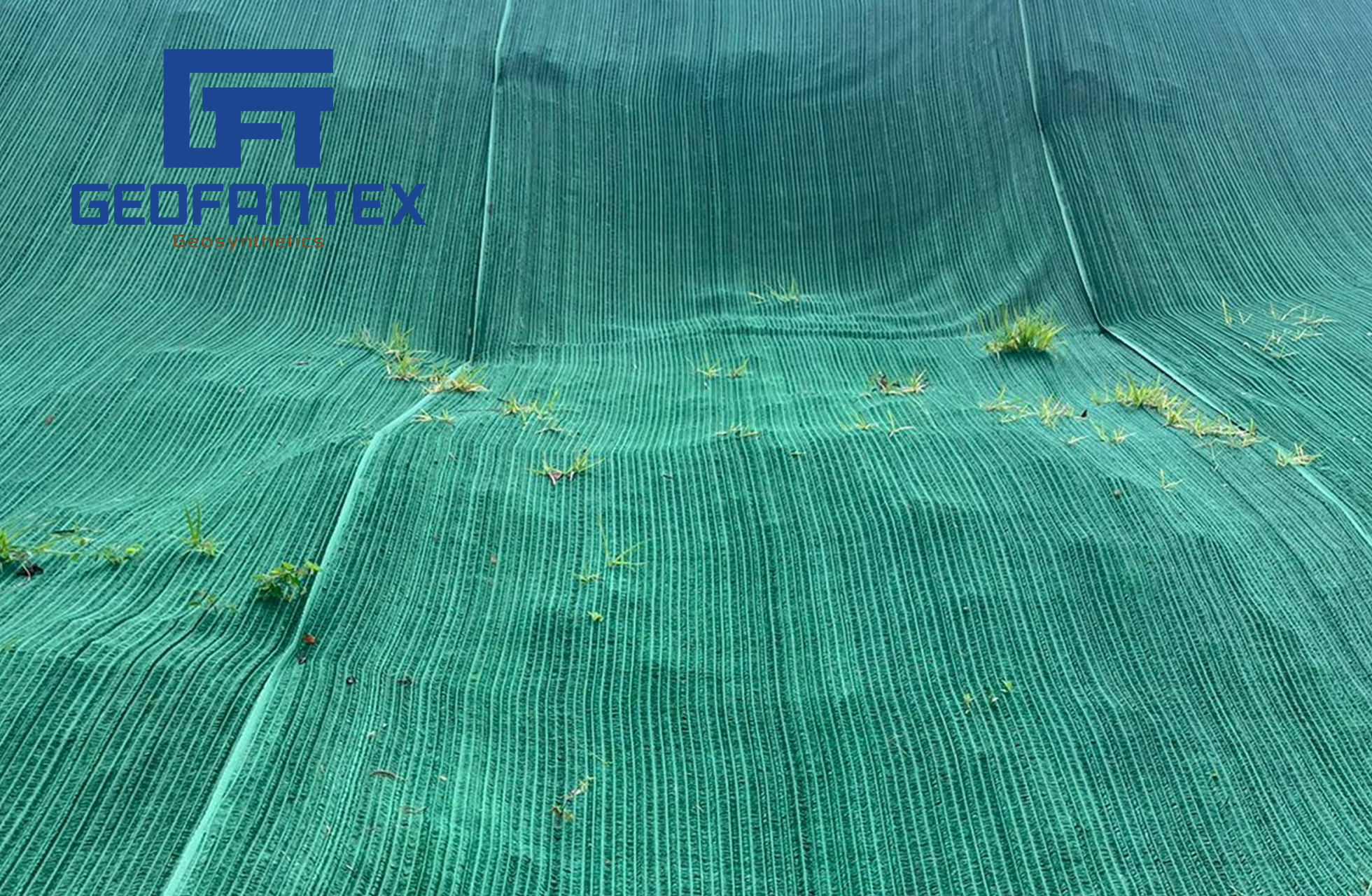+86-159 9860 6917
info@geofantex.com
geofantex@gmail.com
+86-400-8266163-44899
In the realm of civil engineering and environmental science, geosynthetics, which are polymeric (plastic) man-made products used to solve geotechnical problems in construction projects, have emerged as a cornerstone technology, revolutionizing how we approach construction, environmental protection, and sustainable development. Engineered to interact with earth materials, these innovative solutions offer unprecedented capabilities for stabilization, filtration, protection, drainage, and barriers across a wide range of applications. This article delves into the fascinating world of geosynthetics, offering insights into their examples, distinguishing them from geotextiles, outlining their major functions, and exploring their types, thereby highlighting their critical role in modern infrastructure and environmental conservation efforts.

What is an example of a geosynthetic?
An example of a geosynthetic is geotextile fabric. Geotextiles are permeable fabrics made from synthetic polymers, such as polypropylene or polyester, that are used in construction projects for functions like separation, filtration, reinforcement, protection, or drainage. These fabrics are commonly used in road construction, retaining walls, and drainage systems, where they help improve soil stability, manage water flow, and extend the lifespan of infrastructure.
Other examples of geosynthetics include geomembranes, geogrids, geocells, and geonets, each with specialized applications for various engineering and environmental purposes.
What is the difference between geotextile and geosynthetic?
The difference between geotextile and geosynthetic lies in their specific definitions and the scope of their applications:
Geosynthetic:
- Definition: Geosynthetics are a broader category of synthetic materials used in civil engineering, construction, and environmental applications. This category includes various types of products such as geotextiles, geomembranes, geogrids, geonets, geocomposites, and geosynthetic clay liners (GCLs).
- Scope: Geosynthetics can perform multiple functions such as filtration, separation, reinforcement, drainage, and containment. They are made from synthetic polymers like polyethylene, polypropylene, and polyester, which provide durability and resistance to chemical and environmental degradation.
Geotextile:
- Definition: Geotextiles are a type of geosynthetic material specifically used for filtration, separation, reinforcement, and protection purposes in soil-related applications. They are typically made from synthetic polymers like polyester or polypropylene and come in woven, non-woven, or knitted forms.
- Scope: Geotextiles are mainly used to improve soil stability and control erosion, enhance drainage, and reinforce infrastructure like roads and retaining walls. Though a type of geosynthetic, their function is more specific compared to the broad array of applications that geosynthetics serve.
In summary, all geotextiles are geosynthetics, but not all geosynthetics are geotextiles. Geosynthetics include a wide range of materials, whereas geotextiles are just one type of geosynthetic focused on soil-related applications.
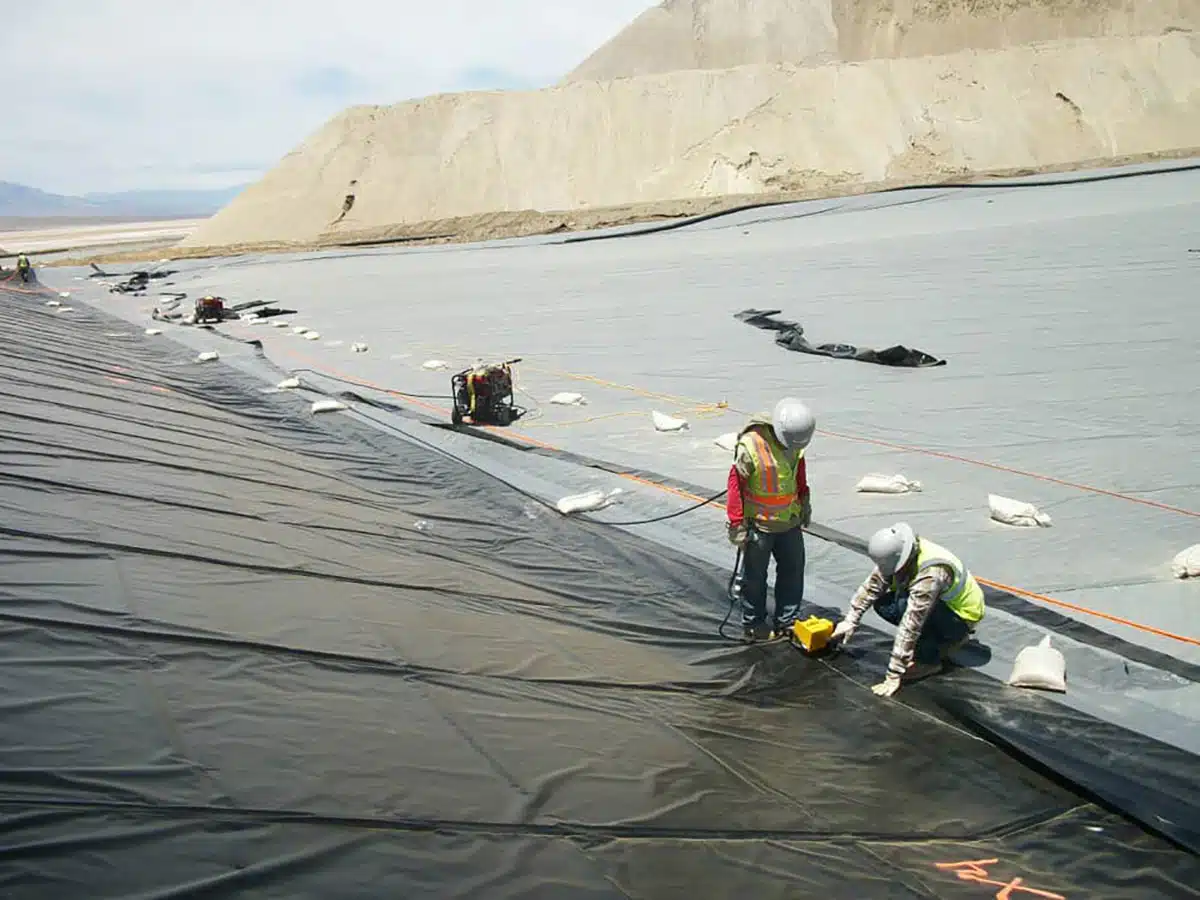
What are the five major functions of geosynthetics?
Geosynthetics serve five principal functions—separation, reinforcement, filtration, drainage, and moisture barrier—making them indispensable in modern engineering projects. The function of separation involves preventing the mixing of different soils or granular materials, thereby maintaining the integrity and functionality of each layer. Reinforcement is crucial for enhancing the mechanical properties of soil or other construction materials, adding strength and stability to the engineered structure. Filtration allows the flow of fluids while effectively preventing soil erosion, preserving the underlying structures from water damage. The role of drainage is pivotal in facilitating the removal of fluids or gases from the soil, ensuring that moisture does not compromise the construction’s stability or longevity. Lastly, although traditionally noted as containment, these materials often act as a moisture barrier, preventing the migration of fluids or contaminants, thus protecting the environment and extending the life of the engineering project.
What are geosynthetic types?
Geosynthetics are synthetic materials used in civil engineering and construction projects, primarily for soil reinforcement, stabilization, drainage, and separation. There are several types of geosynthetics, each serving a different purpose:
- Geotextiles: Fabrics that allow water to pass through while filtering out soil particles. They are used for separation, filtration, drainage, and reinforcement.
- Woven Geotextiles: Made by weaving synthetic fibers together.
- Non-Woven Geotextiles: Made by bonding fibers together through mechanical, thermal, or chemical processes.
- Geomembranes: Waterproof barriers used to contain liquids or gases. They’re typically used in landfills, ponds, and other containment systems.
- Common materials include HDPE (high-density polyethylene) and PVC.
- Geogrids: Mesh-like materials used for soil reinforcement. They provide tensile strength to prevent soil movement and are commonly used in road construction, embankments, and retaining walls.
- Geocells: Honeycomb-like structures used to confine and stabilize soil. They’re often used for slope protection, erosion control, and in load support systems.
Each type of geosynthetic material plays a crucial role in improving the performance, durability, and sustainability of construction and environmental projects.
Geosynthetics are a vital component in the construction and environmental sectors, offering innovative solutions to complex engineering challenges. From stabilizing roads and protecting ecosystems to managing water flow and containing hazardous materials, these synthetic materials play a pivotal role in sustainable development and infrastructure. Understanding the various types of geosynthetics, their functions, and their applications allows engineers and environmentalists to harness their full potential, paving the way for a more resilient and environmentally friendly future.
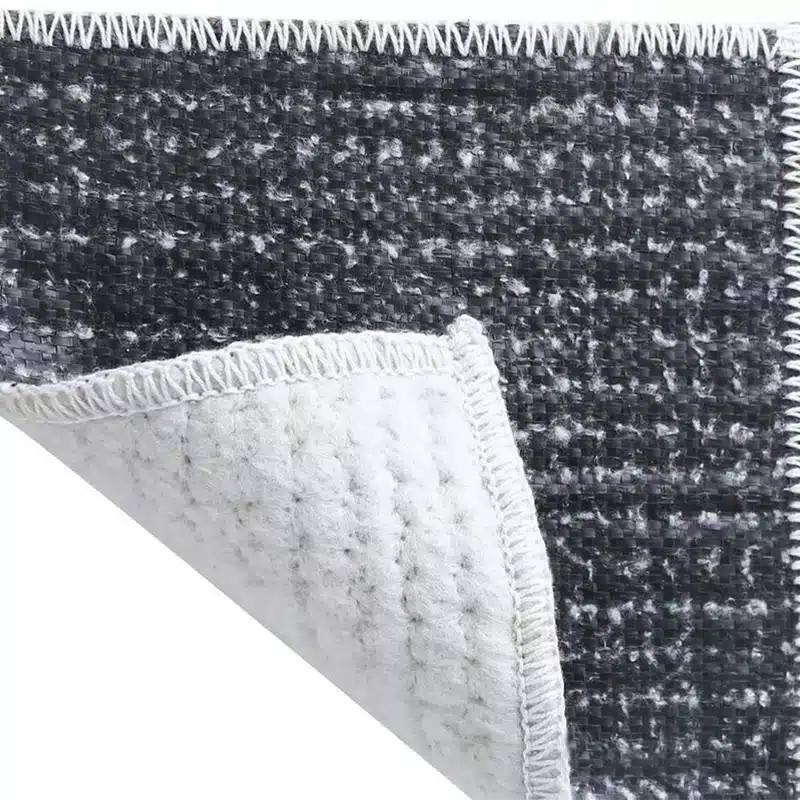
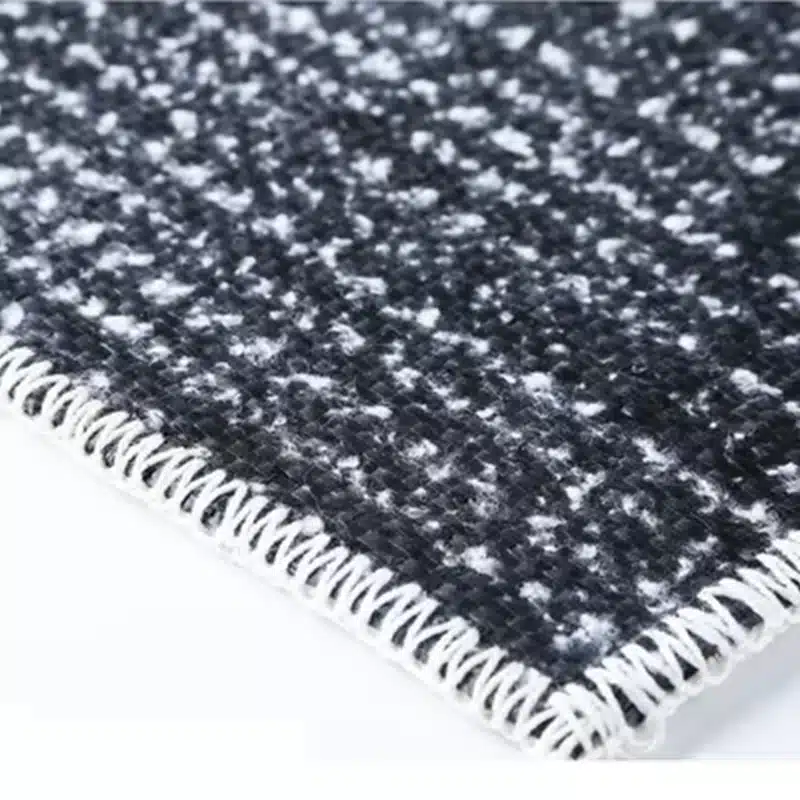
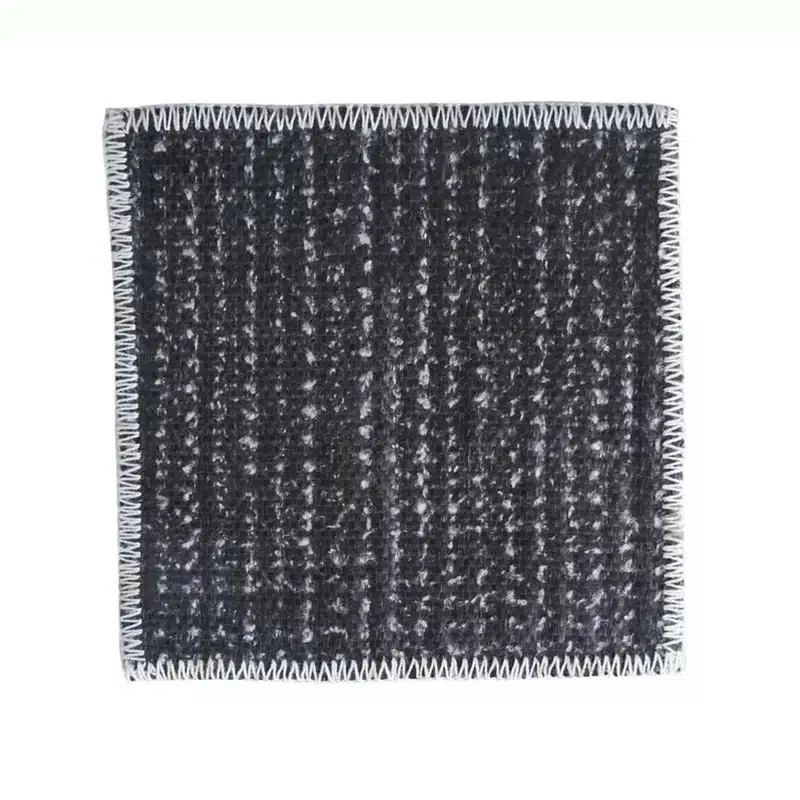
Get Free Sample
We’ll respond as soon as possible(within 12 hours)


















